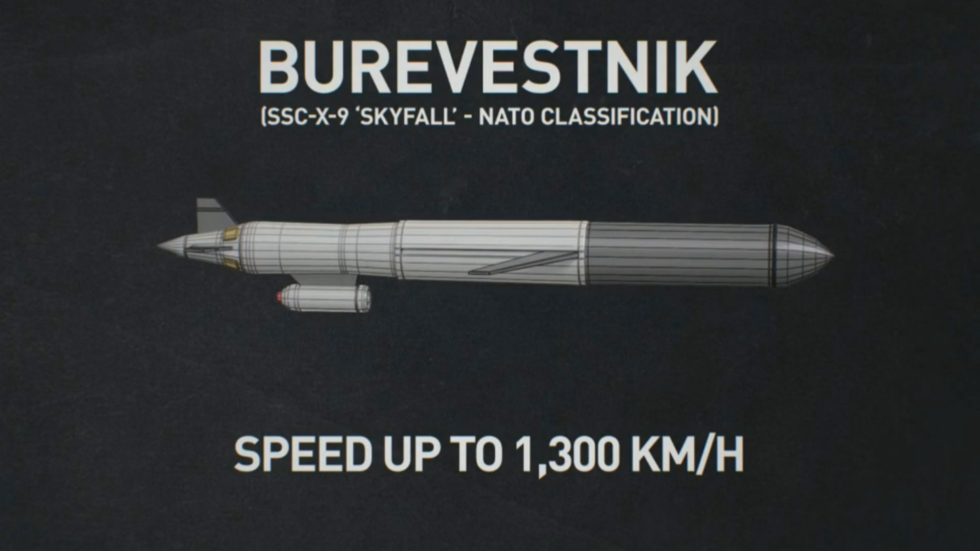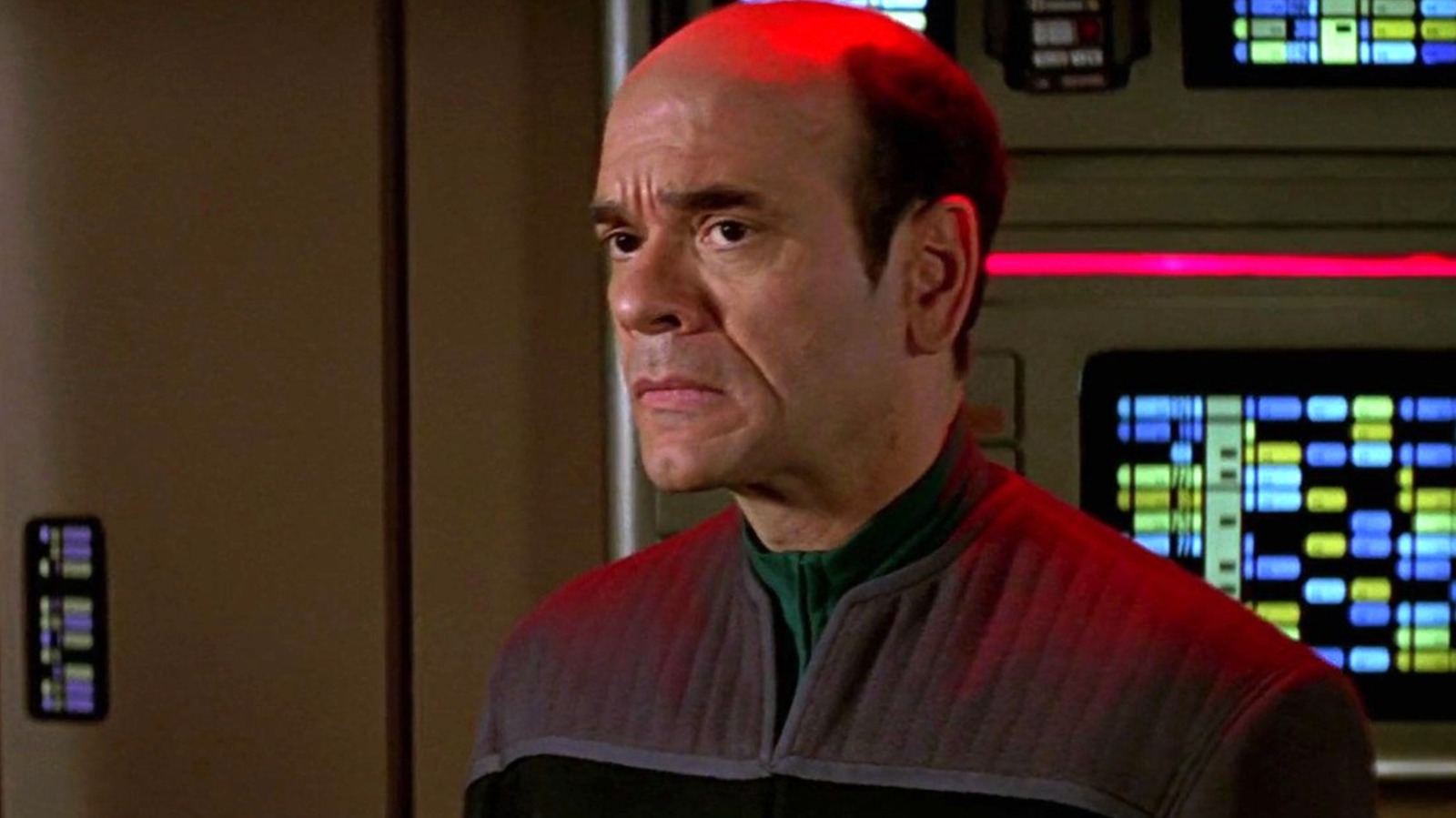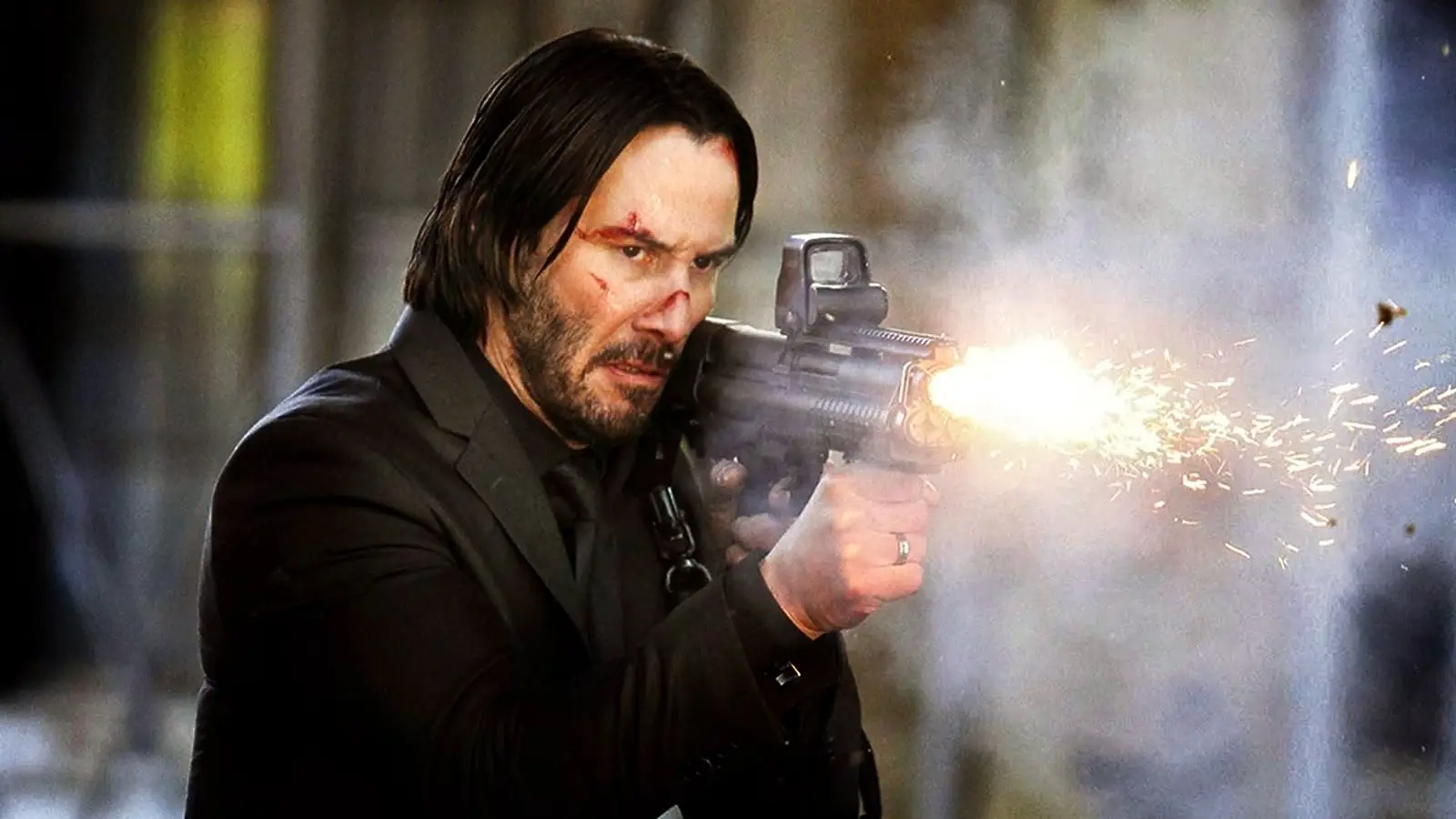Copyright Business Insider

One of Goldman Sachs' newly promoted managing directors says the firm's AI hires need a trifecta of skills to ace the job. "To be successful in this kind of position, you really need at least three core competencies," Dan Popescu, Goldman's head of AI engineering for asset management, told Business Insider in an interview. He named knowledge of AI engineering, finance, and traditional software engineering as an ideal mix. "That's what I've tried to achieve when hiring for my team," he said. In other words, Goldman wants hires who can code like engineers, but grasp markets and finance enough to understand how AI can bridge those two worlds. He called the combination a powerful mix in new talent, but admitted that it's rare to find one person who embodies them all. Popescu, 36, was among the 638 Goldman employees promoted to managing director last week, putting them one rung below the bank's all-powerful partnership. His promotion shows that managing directors at Goldman aren't all dealmakers — some, like Popescu, spend their days creating tech tools to help investors make smarter bets more quickly, which could ultimately boost Goldman's bottom line. "The absolute, number one reason why I really like my job is that I sit right at the junction point between the engineering side of things, like AI engineering, and the business," he said. "Unless I'm very much embedded in the business and understand our business, I'm not going to be able to deliver the right solutions for our investors and ultimately for our clients." Inside the role Popescu's role puts him at the nexus of the bank's AI push. Though he worked for a time in the bank's core engineering unit, two years ago he moved to the asset management group, where he's been working directly with investors to create technology solutions that improve workflows. He and his team generate tools built with portfolio managers and advisers in mind, combining the data the firm holds with AI capabilities to maximize speed and efficiency. "We're bringing a lot of customization and specificity to those tools," he said, "integrating proprietary data and analytics" to enhance the functions that asset management professionals perform. "We see ourselves as the middleman — the wheel-and-spoke model, connecting the dots" between the core engineering team and business-facing developers, he added. What's more, the team is using the bank's suite of existing AI tools — like the firm's AI-powered copilots programs that speed up software development — and holding internal trainings to help other developers take advantage of these systems. Related stories Business Insider tells the innovative stories you want to know Business Insider tells the innovative stories you want to know The OneGS Connection Popescu's team is helping realize Goldman CEO David Solomon's vision to amplify the bank's tech stack by investing heavily in AI. Solomon said at a recent conference in Italy that he wished the firm's $6 billion technology budget were higher and that headcount should trend upward in the coming years, thanks to efficiencies the tech will create. "We are in constant communication across the entire firm, not just the division, about AI," Popescu said, citing the connectivity of the One Goldman Sachs initiative, which aims to create synergy across business lines. "It lets teams coordinate across multiple teams using AI, breaking down barriers and silos between the various teams" to create a unified approach. The bank's embrace of AI comes as rivals, including JPMorgan to Morgan Stanley, move to quickly integrate the transformative technology across business lines and functions. Startups like Hebbia are hoping to cash in on Wall Street's AI craze. For Wall Street, bringing firms like the more than 150-year-old Goldman into the AI age is a multi-billion dollar effort, the outcome of which will steer the industry's direction for years to come. Popescu credits his doctoral research — he earned a PhD in applied mathematics and statistics from Johns Hopkins University in 2021 — with instilling the persistence necessary for such an undertaking. The program, he said, forced him to think about the same academic problem for five years, which has shaped his approach ever since. "Persevere and develop that grit and strength to continue working on something even if you don't immediately see the light of day," he concluded. "That's a skill that in part was refined during my time earning my doctorate degree."



